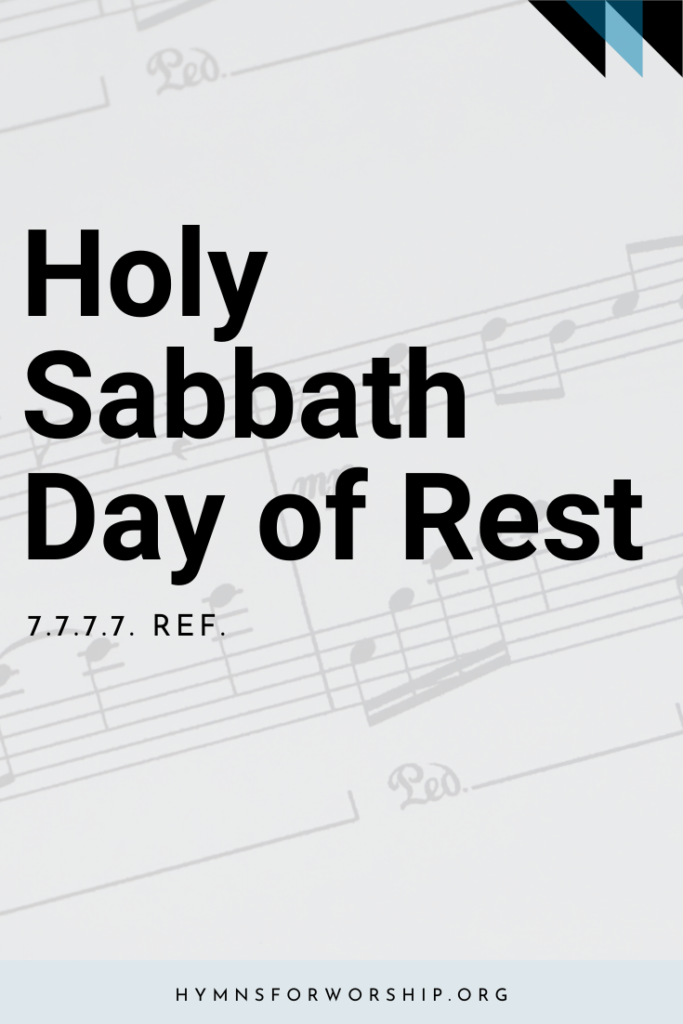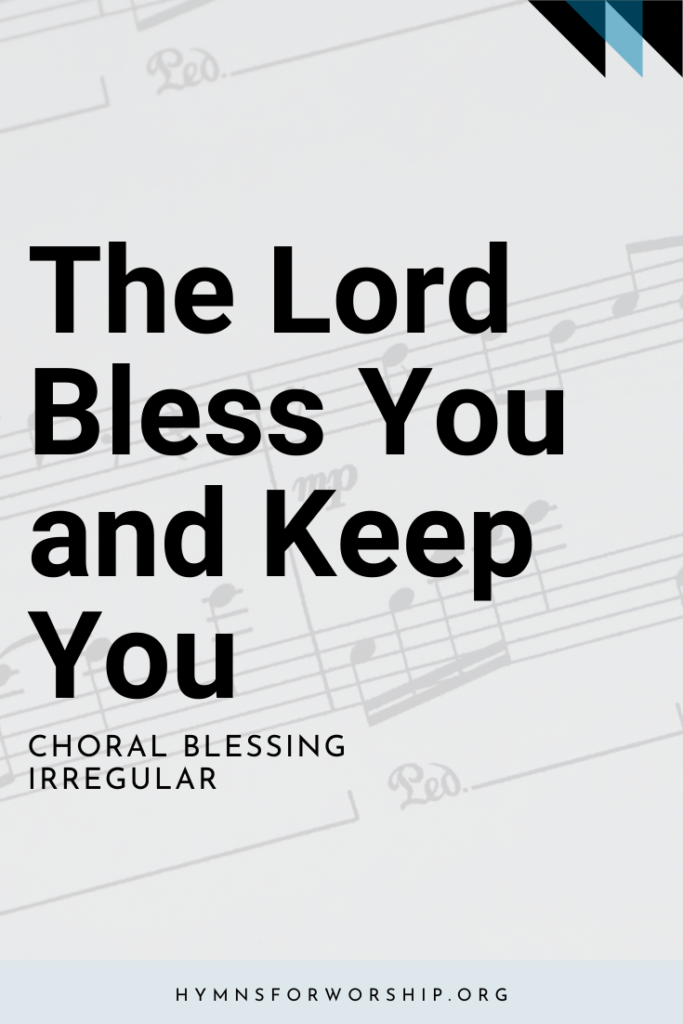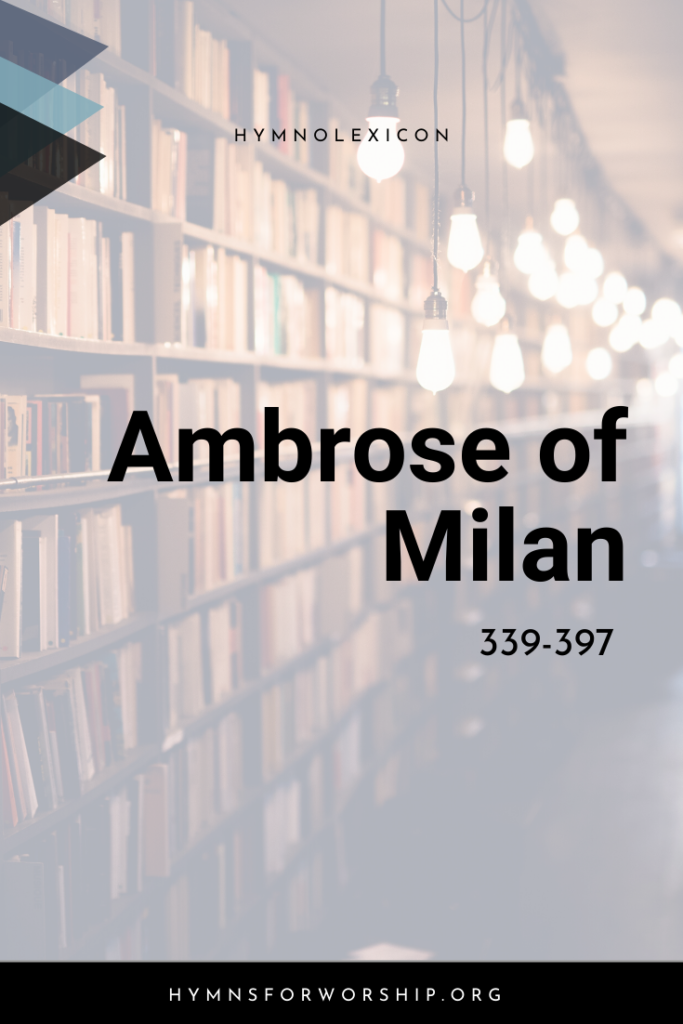L.E.C. Joers writes: “I wrote the words in 1921 or 1922, and they were published in the Youth’s Instructor at that time. I was taking the nurse’s course at St. Helena Sanitarium, and was not acquainted with John F. Anderson. O was much surprised, sometime later, to discover it as a song in one of our youth songbooks (the Junior Song Book, 1931, later known as Missionary Volunteer Songs). It was printed in at least one other.” Actually, John Anderson had copyrighted and printed the song in 1924.
The poem appeared in the February 28, 1922, issue of the Youth’s Instructor under the title “Keeping the Sabbath.” There were five additional stanzas, but no refrain.
Lawrence E. C. Joers, M.D., was born August 17, 19000, in Milwaukee, Wisconsin. He grew up in North Dakota, and attended the Seventh-day Adventist Auburn Academy, Auburn, Washington. His college study was at Walla Walla College; he took the nurse’s training at St. Helena (California) Sanitarium and Hospital in 1924, before taking the medical course at the College of the Medical Evangelists (now Luma Linda University).
After internship at Los Angeles County General Hospital in 1934, he practiced in Tacoma, Washington. He served as a captain in the Navy during World War 2 for four years, and in the Korean War for four years. Retiring from the service, he practiced at Ardmore, Oklahoma, for 10 years and at Jay, Oklahoma, for 13 years. In 1973 he went to Reedsport, Oregon, to help build up and pastor the local Seventh-day Adventist church.
John F. Anderson was born April 8, 1893, in Paragould, Arkansas, into a farming Methodist family of 16 children. He married Ruth Reinhard Fillman, an SDA schoolteacher. Together they conducted short “singing schools” in Oklahoma, Arkansas, Louisiana, and Mississippi. He accepted the SDA faith in 1923, and was baptized at the Enid, Oklahoma, camp meeting by D. F. Sturgeon. Engaging in literature evangelism in 1923, he was promoted to field secretary ( now called publishing secretary) on the Oklahoma Conference.
In 1926 he began singing evangelism, assisting a number of preachers in the Southwestern states. He began writing songs soon after baptism, and used them in his own work. Becoming an evangelist himself, he held meetings in several states and raised up his first church in Tulia, Texas, with 40 members. Later he was pastor of nine churches in Texas; Lancaster, Pennsylvania; and Takoma Park, Maryland. Retiring in 1941, he continued his pastoral work in the Southwest, often moving to a small church that needed help. For a time he lived in California, with burden to help the families of his brothers and sisters spiritually. After this he spent some time in the Lord’s service at Ketchum and Ardmore, Oklahoma; the Rio Grande Valley of Texas; and Keene, Texas. At the time of his death at Loma Linda, California, on December 16, 1974, he was working on a new song. A booklet of 13 of his songs, including “City of Gold,” was published, titled Songs of Faith and Hope, 1934.









